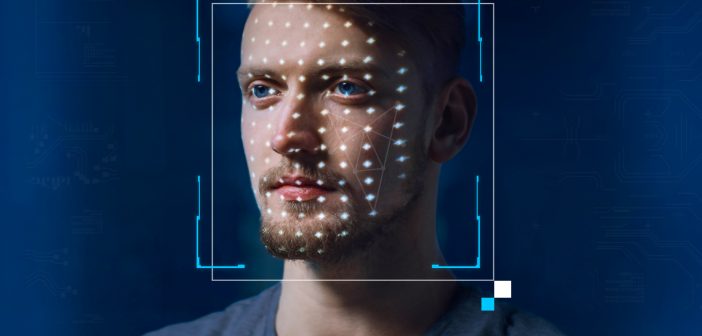The meteoric rise of Artificial Intelligence (AI) has brought undeniable benefits, transforming industries and streamlining daily life. However, this powerful technology also harbors a dark side. Deepfakes – hyper-realistic synthetic media capable of manipulating videos, audio, and images – present a significant threat in India, particularly due to the lack of strict regulations. While deepfakes hold some promise in entertainment and satire, their potential for malicious use looms large, jeopardizing democracy, national security, and individual privacy.
The Deceptive Power of Deepfakes
Deepfake technology utilizes deep learning algorithms to seamlessly stitch a person’s likeness onto another body or create entirely fabricated scenarios. Research by the University of California, Berkeley suggests this technology is becoming alarmingly sophisticated, blurring the lines between reality and fiction. This poses a significant challenge:
- Weaponizing Misinformation and Propaganda: Deepfakes can be used to manufacture fake news videos featuring politicians delivering inflammatory statements or spreading disinformation about social and political issues. This can manipulate public opinion, sow discord, and destabilize democratic processes. A 2019 report by Sensity found a global rise in political deepfakes, highlighting the urgency of addressing this threat.
- Erosion of Public Trust: The widespread circulation of deepfakes featuring public figures can erode public trust in institutions and media. When viewers are unsure of a video’s authenticity, skepticism and cynicism can permeate public discourse, hindering healthy debate.
- Cyberbullying and Extortion: Malicious actors can create compromising deepfakes – videos or audio recordings – of individuals, leading to cyberbullying and extortion. This can have devastating consequences for victims’ reputations and mental well-being. BBC reports document cases of deepfakes being used for revenge porn, emphasizing the potential for emotional and psychological harm.
- Financial Fraud: Deepfakes can be used to impersonate individuals in online transactions, facilitating financial fraud. For instance, a deepfake voice could be used to trick someone into authorizing a financial transfer.
India’s Vulnerability: A Perfect Storm
India’s vibrant democracy and diverse population make it particularly vulnerable to the misuse of deepfakes. The upcoming 2024 general elections present a prime target for those seeking to manipulate public opinion. Deepfakes can be used to smear political opponents, incite violence, and undermine the integrity of the electoral process.
Furthermore, India’s vast internet user base, coupled with a relatively low level of digital literacy, creates fertile ground for the spread of misinformation via deepfakes. A PEW Research Center survey indicates that a significant portion of the population struggles to distinguish real from fake news online. This vulnerability can be exploited by those wielding deepfakes for malicious purposes.
The Regulatory Gap: A Call to Action
Currently, India lacks a comprehensive legal framework to regulate deepfakes. Existing laws like the Information Technology Act, 2000 primarily focus on cybercrime but do not explicitly address the creation and dissemination of deepfakes. This regulatory gap creates a safe haven for those who intend to misuse this technology.
Several countries, including the United States and the United Kingdom, are actively developing regulations to address deepfakes. For instance, the California Assembly Bill 730 prohibits the knowing and willful distribution of deepfakes depicting a candidate within 90 days of an election.
India urgently needs to follow suit by enacting stricter regulations on deepfakes. Here are some potential approaches:
- Creating a Legal Classification for Deepfakes: Clearly defining deepfakes within the legal framework will provide a basis for holding individuals and platforms accountable for their creation and dissemination.
- Mandating Disclosure Labels: Requiring deepfakes to be clearly labelled as such empowers viewers to distinguish between real and synthetic media.
- Strengthening Enforcement Mechanisms: Developing robust enforcement mechanisms to identify and take down deepfakes is crucial. Collaboration between law enforcement agencies and social media platforms is essential in this regard.
Beyond Legislation: A Multifaceted Approach
Regulation alone cannot completely mitigate the threat of deepfakes. A multi-faceted approach is necessary:
- Promoting Digital Literacy: Public awareness campaigns can educate users on how to identify deepfakes and critically evaluate online information.
- Empowering Social Media Platforms: Social media platforms can play a crucial role in combating deepfakes by developing detection tools and collaborating with law enforcement.
- Supporting the Development of Counterfeit Detection Tools: Investing in research and development of advanced deepfake detection tools can empower individuals and platforms to identify and flag manipulated content.
Conclusion: A Race Against Time
Deepfakes pose a real and growing threat to India’s democracy, national security, and individual privacy. The absence of strict regulations creates a breeding ground for their misuse.





